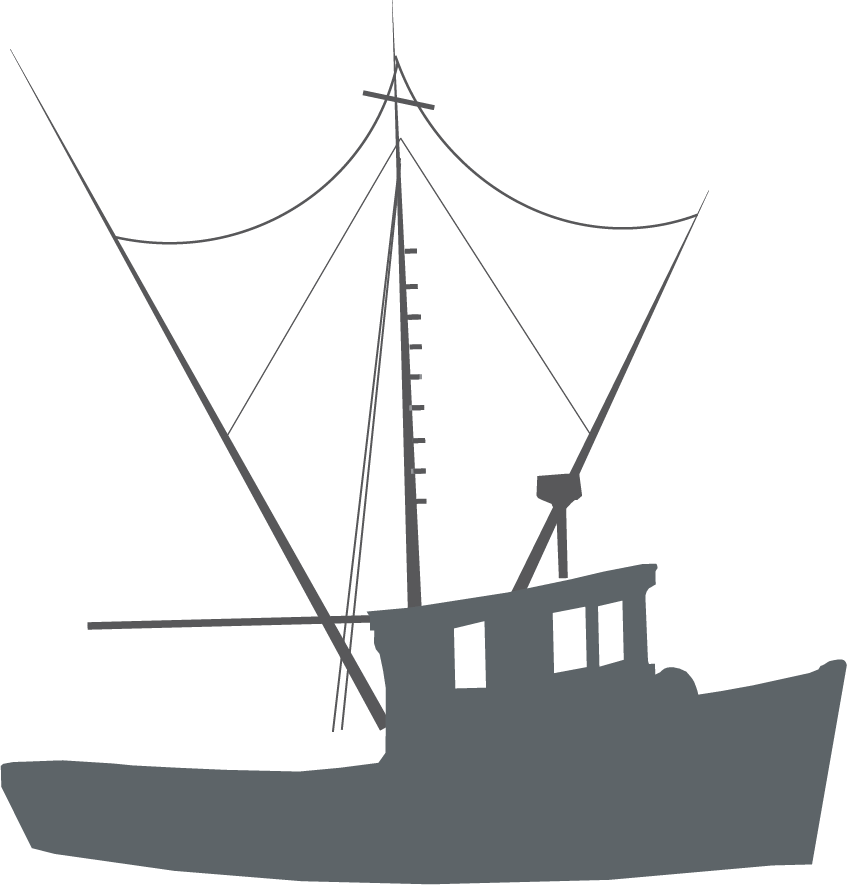Photo: A collaborative project in human dimensions surveyed Oregon Coast visitors this past summer.
Our three human dimensions projects made significant progress over the summer and fall.

Researchers at Utah State and Oregon State Universities are collaborating with the Marine Reserve Program to study the non-market economic values of marine reserves. The team sent an online survey to 900 Oregonians, representative of the state’s residents in terms of gender, race/ethnicity, age, household income, and educational attainment. The survey aims to assess public knowledge and attitudes towards marine reserve management and understand how Oregonians think about intentional marine ecosystem-based responses to climate change (e.g., restoring tidal marsh habitat to store carbon). Stay tuned for research results this winter.

Working with collaborators at Oregon State University to study marine reserve knowledge and awareness among Oregon coast visitors, our research team completed surveys at 23 sites along the coast from Cannon Beach to Port Orford, completing a total of 2,451 questionnaires during the 10-week summer sampling period. Respondents came from 49 different states and 19 different countries; 49% of whom were from Oregon. Our sample size makes this the largest visitor intercept survey conducted by the Oregon Marine Reserves team. This survey research also contributes to our understanding of how the ocean acts as a reminder for climate change, and how to communicate and message ocean changes to inspire personal climate action among visitors to the coast.

A project is currently underway with The Research Group, LLC to update our nearshore fisheries spatial economic model that is used to assess the potential impacts to nearshore fisheries that may occur due to any nearshore spatial policy decision, such as marine reserve closures. The model relies on benthic habitat data, species habitat relationships, and nearshore fishery data to predict fishing industry economic contributions in the nearshore and predict the potential impact from management closures such as marine reserves. Work completed over the last several months includes updating the nearshore fishery data inputs to include the years 2020 and 2021 for commercial, recreational, and distant water fisheries. Pending work includes ground-truthing the updated spatial model by comparing the spatial model estimates with the most recent fishery log-book data.
